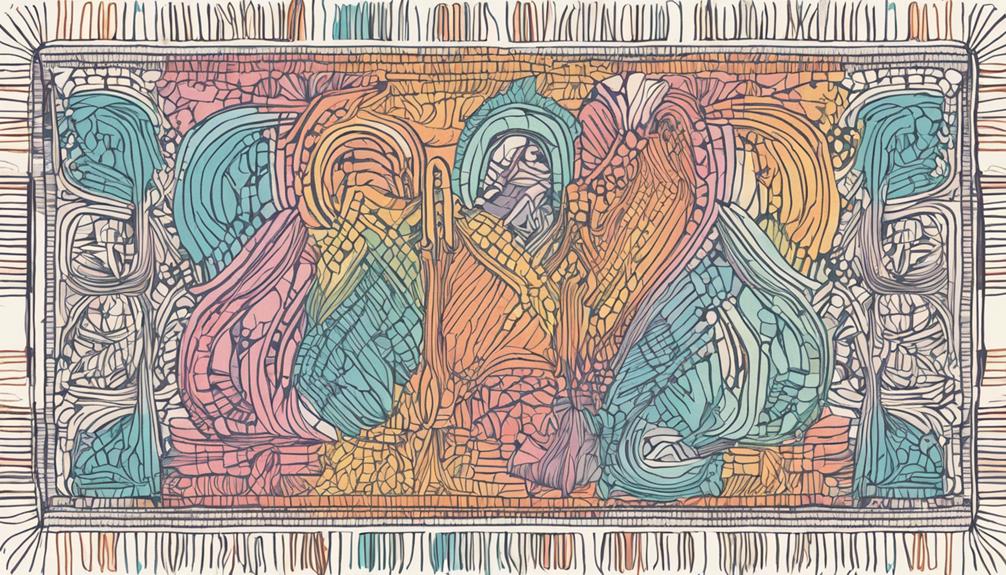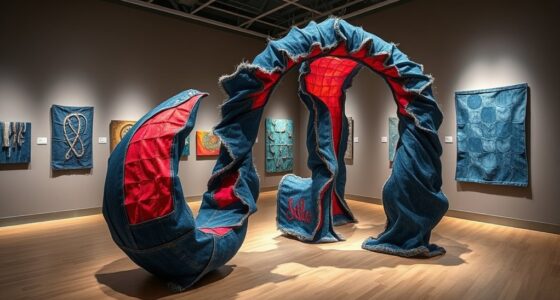Embroidery is regarded as a type of textile art that intricately combines history and skill. With its roots in ancient China, it now symbolizes cultural wealth and artistic ability, solidifying its status as a revered form of art. Explore the fusion of traditional techniques with contemporary storytelling and the evolving trends embraced by artists. The line between craft and fine art harmoniously blurs in the creative world’s appreciation of embroidery, acknowledging its place as a esteemed means of expression.
Key Takeaways
- Embroidery is a form of textile art due to its use of fabric as a medium.
- It blends artistic expression with textile manipulation, creating intricate designs.
- Artists utilize embroidery to convey narratives and emotions, akin to traditional fine art.
- Embroidery's evolution allows for experimentation, blurring the line between craft and art.
- Increasing presence in galleries and exhibitions acknowledges embroidery as a significant art form.
Historical Evolution of Embroidery
Embroidery has undergone a significant historical development, tracing back to the 4th century BC in China. The early examples of this intricate textile art form found worldwide highlight its deep cultural significance.
In Migration period Sweden, insights into early embroidery techniques shed light on its presence in various regions, showcasing its adaptability and appeal over time. Initially reserved for experts, embroidery transformed into a popular technique, reflecting its enduring nature.
Throughout history, embroidery hasn't only symbolized social status but also served as a form of artistic expression, making it a versatile and timeless form of textile art. Its roots in China and spread across different cultures underscore the universal appeal and creativity that embroidery embodies.
From its humble beginnings to its current status as a revered art form, embroidery's development showcases its ability to transcend boundaries and captivate individuals through its intricate beauty and rich cultural heritage.
Techniques and Stitches in Embroidery

Various methods and stitches play a crucial role in creating elaborate designs on fabric through the art of embroidery. Here are three key points to contemplate:
- Stitch Variety:
Embroidery involves a wide array of stitches, each serving a unique purpose in creating stunning designs. Common stitches like backstitch, satin stitch, and French knot are fundamental in embroidery work, offering different textures and effects.
- Technique Diversity:
Different embroidery techniques, such as cross-stitch, crewel embroidery, and stumpwork, provide a rich tapestry of design possibilities. These techniques vary in complexity and style, allowing artists to explore various artistic avenues within the sphere of textile art.
- Hand vs. Machine:
Embroidery can be executed by hand or machine, offering flexibility in detailing and customization. While hand embroidery often showcases the artist's meticulous craftsmanship, machine embroidery provides efficiency and consistency in replicating intricate patterns on textiles. Both methods contribute to the beauty and versatility of embroidered artwork.
Cultural Significance of Embroidery
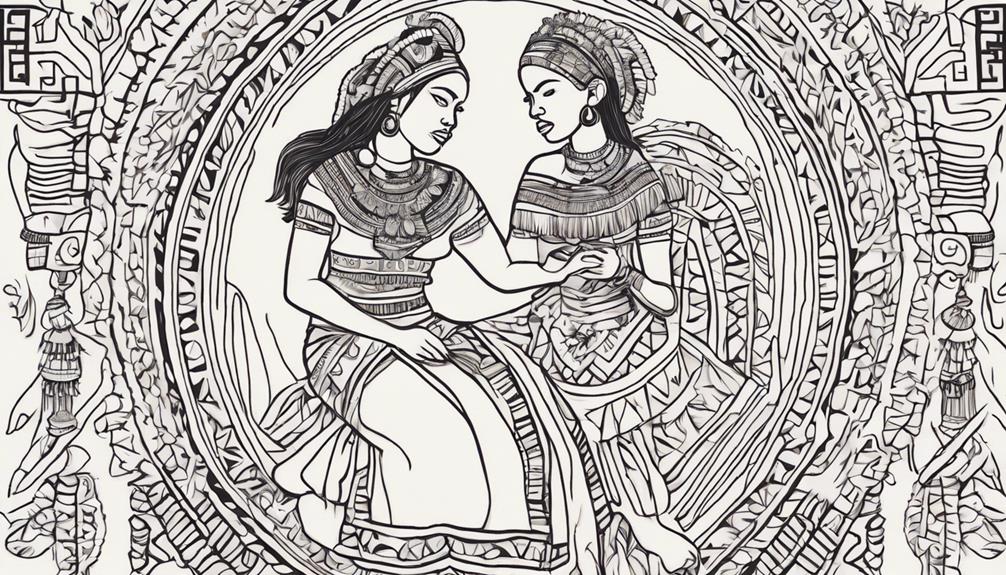
Explore the deeply rooted cultural significance found in the diverse styles and techniques of embroidery around the world.
Embroidery transcends mere stitching; it's a form of textile art that holds immense value in various cultures. Through intricate needlework and diverse designs, embroidery serves as a powerful medium for artistic expression and heritage preservation.
The symbolic meanings woven into different embroidery stitches and motifs reflect the beliefs, traditions, and social status of communities globally. Each stitch tells a story, preserving the rich tapestry of global cultures and showcasing the creativity of artisans.
From the vibrant hues of Mexican Otomi embroidery to the delicate silk threads of Chinese Suzhou embroidery, the art form celebrates the uniqueness of each culture. As a timeless tradition, embroidery continues to bridge the past to the present, embodying the essence of cultural identity and artistic legacy.
Embroidery in Contemporary Art
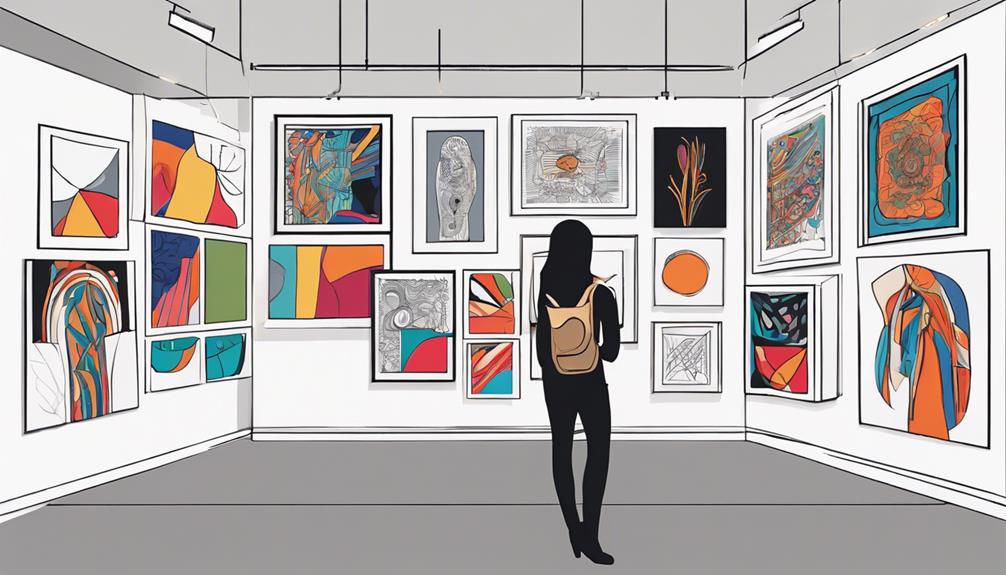
In contemporary art scenes, hand embroidery has garnered acclaim for its intricate craftsmanship and ability to convey compelling narratives. Textile artists and contemporary artists alike are embracing hand embroidery as a powerful medium for exploring personal narratives and addressing pressing social issues.
Through the fusion of traditional techniques with modern interpretations, embroidery has found a unique place in the art world, allowing artists to push boundaries and offer fresh perspectives on societal norms. Utilizing diverse materials and innovative approaches, these artists are redefining the possibilities of embroidery, transforming it into a tactile medium that engages both visually and emotionally with viewers.
The tactile nature of hand embroidery adds an extra layer of depth to contemporary artworks, inviting audiences to not only see but also feel the stories woven into each stitch.
Recognizing Embroidery as Art
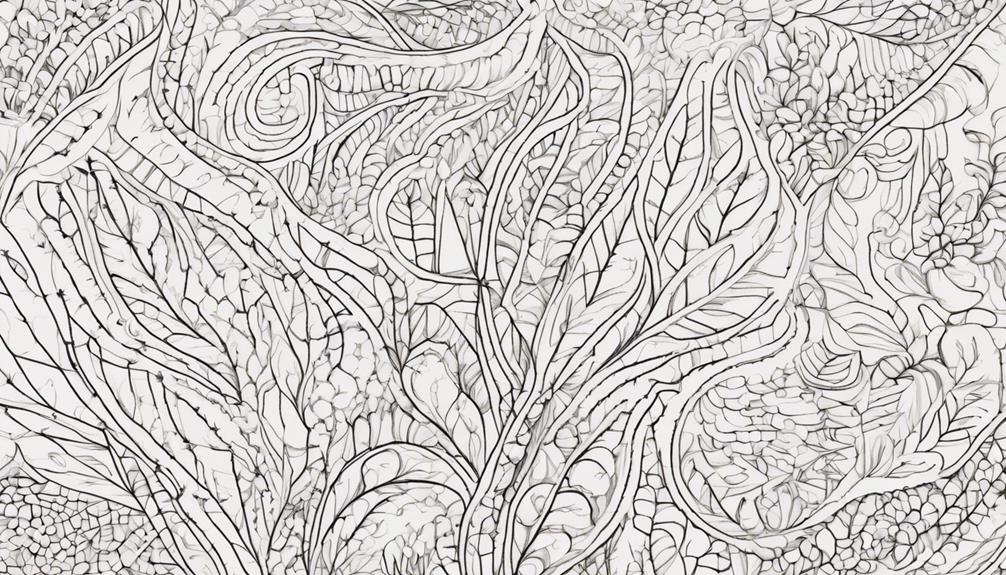
Recognizing embroidery as a form of textile art highlights its intricate designs and craftsmanship, blurring the boundaries between traditional craft and fine art.
In the contemporary art scene, many artists are utilizing embroidery to convey narratives and emotions, showcasing innovative approaches that challenge conventional notions of what constitutes art.
The evolution of embroidery techniques over centuries has allowed artists to push boundaries and experiment with new styles, adding texture, depth, and visual interest to their creations.
This shift towards recognizing embroidery as a significant art form is evident in its increasing presence in galleries, museums, and exhibitions.
The artistic merit of embroidery is being celebrated, elevating its status in the creative community and solidifying its significance as a valuable form of textile art.
Embracing embroidery as a medium for artistic expression not only honors its rich history but also propels it into the world of fine art, where its craftsmanship and creativity shine.
Frequently Asked Questions
Is Embroidery Considered Textile Art?
Embroidery is undeniably textile art. The intricate designs created with needle and thread on fabric showcase the fusion of creativity and craftsmanship.
Artists master various stitches, combining traditional methods with modern flair to push the boundaries of this art form.
Galleries and museums proudly exhibit these pieces alongside other fine arts, solidifying embroidery's status as a recognized and esteemed art form in its own right.
What Does Textile Art Include?
Textile art encompasses a wide array of techniques using fibers and fabrics like weaving, quilting, knitting, and embroidery.
Artists in this field blur the lines between traditional crafts and contemporary art, creating visually and tactilely stimulating pieces.
Despite being undervalued, textile art holds immense cultural significance and allows artists to convey narratives, emotions, and cultural symbolism through their work.
As contemporary artists continue to push boundaries, textile art gains recognition in the art world.
Is Embroidery an Art or a Craft?
Embroidery is both an art and a craft, blending creativity with skill. This versatile form of expression allows you to stitch intricate designs onto fabric, showcasing your artistic flair and craftsmanship.
As you embroider, you blur the lines between traditional craft and contemporary art, elevating your work to a fine art status. Your innovative designs and techniques solidify embroidery's position as a recognized textile art form in the art world.
What Is an Example of Textile or Fiber Art?
When exploring textile or fiber art, consider pieces like the Bayeux Tapestry, a renowned depiction of the Norman Conquest. Artists utilize techniques such as embroidery, weaving, and quilting to craft intricate works like the Silk Animal Carpet.
Through mediums like embroidery, artists like May Morris convey political and social messages, blending storytelling with craftsmanship, as seen in the Hand-painted cotton overdress.
These examples showcase the versatility and creativity of textile art.
Conclusion
So, is embroidery considered textile art? Absolutely!
In fact, did you know that the global embroidery market is projected to reach $11.8 billion by 2026?
This ancient craft has evolved into a form of artistic expression that continues to captivate audiences worldwide.
Whether traditional or contemporary, embroidery showcases the skill, creativity, and cultural significance of textile art.
So next time you see a beautiful embroidered piece, remember – it's not just a craft, it's a work of art.



